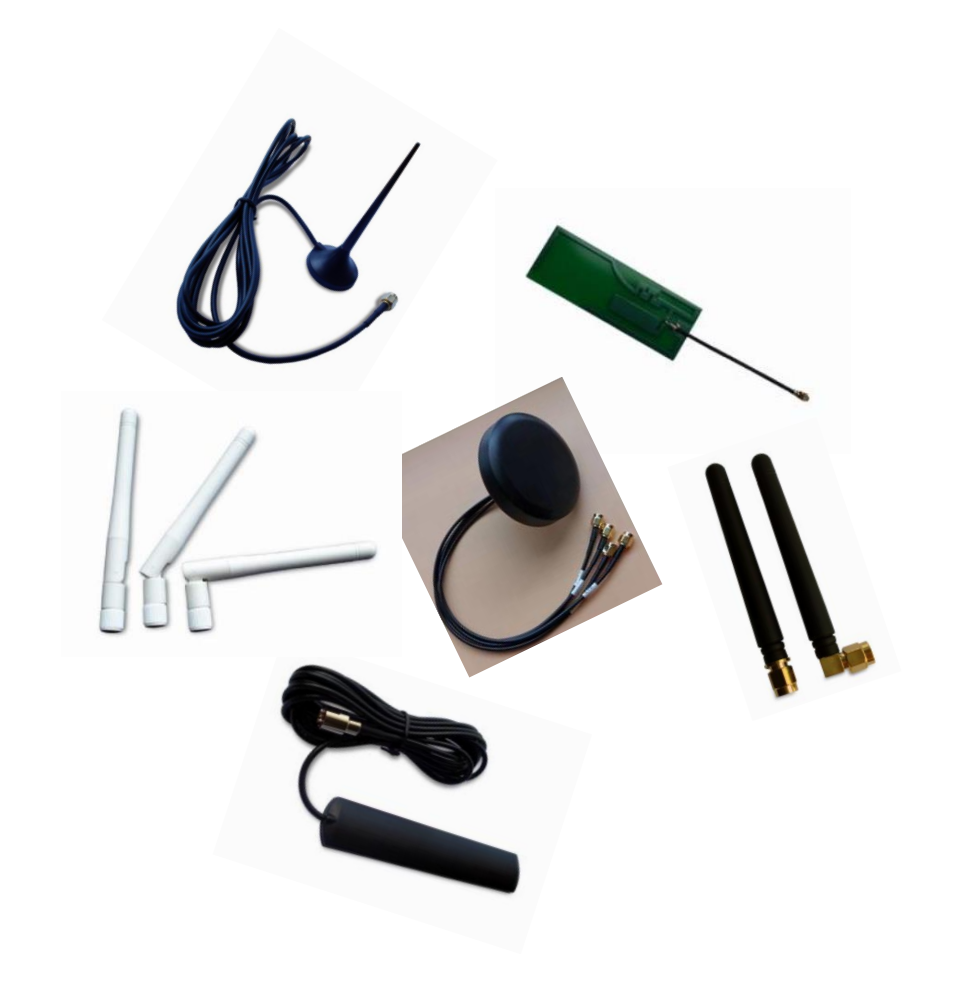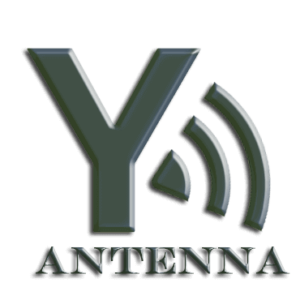The Internet of Things (IoT) is a rapidly growing technology that has the potential to revolutionize many different industries. As more and more devices are connected to the internet, the need for reliable and efficient wireless connectivity becomes increasingly important. One of the key components of any IoT system is the LTE antenna, which is responsible for transmitting and receiving data over airwaves.
When choosing an IoT LTE antenna, it is important to consider the specific needs and requirements of the device or system it will be used in. Some key factors to consider include:
Frequency range: The frequency range of the antenna should match the frequency bands used by the IoT device or system. For example, if the device operates on the LTE bands 1, 2, 3, 4, 5, 7, 12, 13, 14, 20, 25, 26, 28, 29, 30, and 66, the antenna should be able to support these bands.
Gain: The gain of the antenna indicates its ability to focus the transmitted or received signal in a specific direction. Higher gain antennas are typically more directional, while lower gain antennas have a more omnidirectional pattern. Depending on the application, a higher or lower gain antenna may be more appropriate. For IoT applications, it is often desirable to have an antenna with a high gain and a directional radiation pattern, as this allows for more efficient communication over longer distances.
Polarization: The polarization of the antenna refers to the orientation of the electromagnetic field of the transmitted or received signal. Linear polarization is when the field is oriented in a single direction, while circular polarization is when the field rotates in a circular pattern. The polarization of the antenna should match the polarization of the device or system it will be used with.
Size and form factor: The size and form factor of the antenna should be appropriate for the device or system it will be used in. For example, a small, compact antenna may be more suitable for a wearable device, while a larger antenna may be more appropriate for a fixed IoT system. For IoT applications, it is often necessary to have an antenna that is small and compact, as many IoT devices have limited space for antenna installation. Additionally, the antenna should be able to withstand the environmental conditions in which it will be used, including temperature, humidity, and vibration.
Connector type: The connector type of the antenna should match the connector type of the device or system it will be used with. For example, if the device has an SMA connector, the antenna should also have an SMA connector.
Price and quality: The price and quality of the antenna should be considered, as well as any warranty or support options offered by the manufacturer. It is important to choose an antenna that is of high quality and will provide reliable performance over time.
In conclusion, choosing the right IoT LTE antenna requires careful consideration of the device or system it will be used in, as well as the specific needs and requirements of the application. By considering factors such as frequency range, gain, polarization, size and form factor, connector type, price, and quality, it is possible to select an antenna that will provide reliable and efficient performance.



